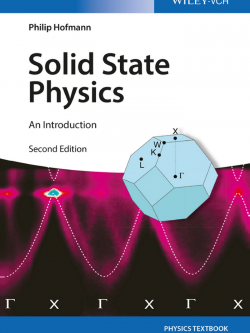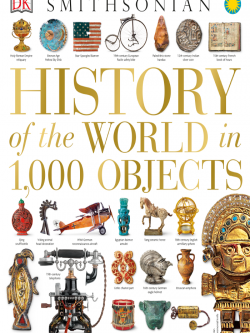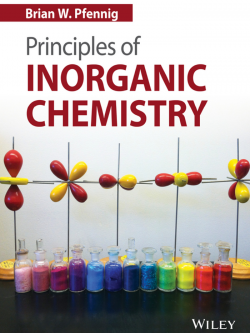Description
Over the last two decades, there has been a dramatic increase in the study of physical and biological systems at the nanoscale. In fact, this millenium has been referred to as the “nanomillenium.” The fields of nanoscience and nanoengineering have been fuelled by recent spectacular discoveries in mesoscopic physics, a new understanding of DNA sequencing, the advent of the field of quantum computing, tremendous progress in molecular biology, and other related fields. A fundamental understanding of physical phenomena at the nanoscale level will require future generations of engineers and scientists to grasp the intricacies of the quantum world and master the fundamentals of quantum mechanics developed by many pioneers since the 1920s.
For electrical engineers, condensed matter physicists, and materials scientists who are involved with electronic and optical device research, quantum mechanics will assume a special significance. For instance, progress in the semiconductor industry has tracked Gordon Moore’s prediction in 1965 regarding continued downscaling of electronic devices on a chip.
The density of transistors in a semiconductor chip has increased ever since in a geometric progression, roughly doubling every 18 months. In state-of-the-art semiconductor chips, the separation between the source and drain in currently used fin field effect transistors (FinFETs) is below 10 nm. All future devices for semiconductor chip applications are likely to be strongly affected by the laws of quantum mechanics, and an understanding of these laws and tenets must be added to the repertoire of a device engineer and scientist.





